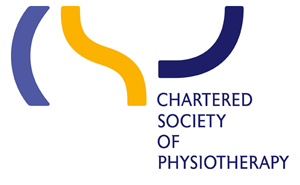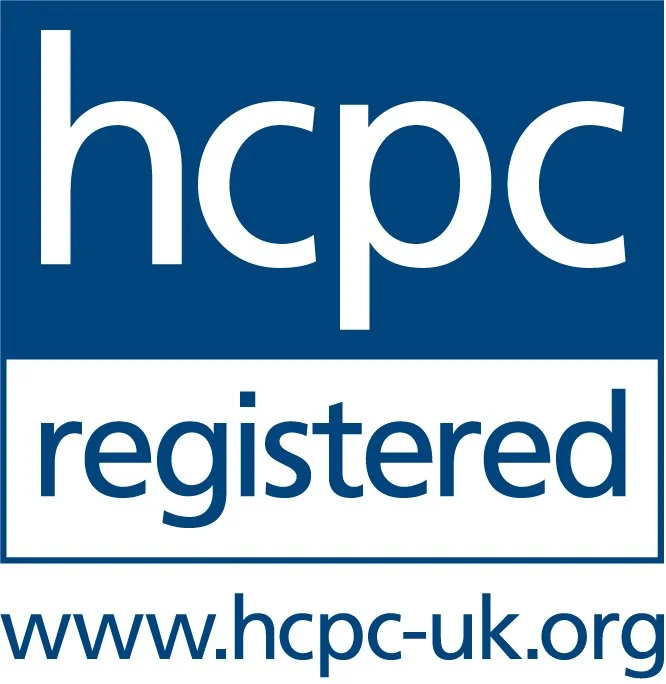
Foot and Ankle Pain Treatment in Knutsford & Cheshire
Specialist Physiotherapy, Northwich, Knutsford, Cheshire
Ankle pain can affect your daily life in many ways, from walking and climbing stairs to exercising or standing for long periods. At The Injury & Performance Clinic, we help patients manage a wide range of ankle problems, restore mobility, reduce pain, and return to normal activities.
Pain can develop suddenly after an injury, gradually through repetitive use, or as part of a long-term condition such as arthritis. Identifying the underlying cause is key to effective treatment. Our approach focuses on creating a personalised plan tailored to your needs, lifestyle, and goals.
To find out more about how we can help you, contact the clinic now, or book your first appointment using the easy online booking system.
Understanding Ankle Pain
The ankle joint is complex, made up of bones, ligaments, tendons, and muscles that provide both stability and mobility. Discomfort can result from a variety of causes. Muscle or ligament strains are common after twisting or rolling the ankle. Tendon inflammation, often caused by overuse, can make walking or exercising painful. Degenerative changes, such as osteoarthritis, can cause stiffness and swelling. Fractures or instability may also contribute to ongoing discomfort.
Other factors, including poor footwear, biomechanical imbalances, or previous injuries, can increase the risk of ankle pain. Understanding these factors helps us provide targeted treatment that addresses the root cause rather than only alleviating symptoms.
Our Approach to Treatment
We use a holistic, evidence-based approach to ankle pain. Each patient begins with a thorough assessment, including a review of medical history, an analysis of movement patterns, and identification of biomechanical issues contributing to discomfort.
Based on this assessment, we develop a tailored treatment plan. Treatments may include hands-on physiotherapy to improve strength, stability, and mobility, sports massage to release tension and reduce swelling, and sports injury treatment to address both acute and chronic issues. Targeted exercises are designed to strengthen muscles, tendons, and ligaments around the ankle, and activity modification advice helps prevent further injury while promoting safe movement.
Common Symptoms
Symptoms of ankle pain vary depending on the underlying cause. You may experience:
A dull ache, sharp pain, or stiffness around the ankle joint
Swelling or bruising after injury
Instability in the ankle
Difficulty bearing weight or walking normally
Limited range of motion or clicking/popping sensations
Persistent pain can affect your balance and mobility, which is why early professional assessment is recommended.
Conditions We Treat
We treat a wide range of ankle-related problems, including sprains, tendon injuries, arthritis, and post-surgical rehabilitation. One of the most common injuries is a sprained ankle, which involves stretching or tearing the ligaments. Achilles tendon injuries, from tendonitis to partial tears, are also frequent in both athletes and active individuals. Arthritis can cause chronic pain, stiffness, and swelling, while instability from repeated sprains may make the ankle prone to giving way.
Some warning signs that indicate a professional assessment is needed include:
Pain or swelling that persists beyond a few days
Frequent episodes of the ankle “giving way”
Difficulty walking or performing everyday activities
Pain that worsens during activity
Our Cheshire Physio Clinic
Our Physiotherapy and Sports Injury Clinic is located within the beautiful 300-acre Mere view estate in Cheshire. We feature two fully-equipped treatment rooms and physio gym plus elite sports testing equipment, ensuring you get the best treatment.
Rehabilitation and Recovery
Recovery focuses on restoring stability, mobility, and strength while preventing recurrence. Exercises typically target the calves, tibialis anterior, peroneals, and surrounding muscles. Balance and proprioception training improve joint control and reduce the risk of future sprains. Stretching and mobility work helps maintain flexibility, while education on movement mechanics and activity progression ensures long-term benefit.
Recovery timelines vary: minor sprains may improve within weeks, whereas Achilles injuries or arthritic changes can take several months. Our team monitors progress closely and adapts treatment plans to ensure safe and effective rehabilitation.
Preventing ankle pain is an important part of treatment. Maintaining strength and flexibility, wearing suitable footwear, and practising proper movement patterns all reduce the risk of recurrence. Gradual increases in activity and managing body weight also support joint health. Our clinicians provide exercises and strategies that can be incorporated into daily routines, helping patients maintain ankle function long-term.
Preventing Future Ankle Pain
-
Ankle pain can result from sprains, tendonitis, fractures, arthritis, or instability. Identifying the exact cause ensures effective treatment.
-
Recovery depends on the type and severity of the injury. Minor sprains may improve in a few weeks, while more complex issues or degenerative conditions may require several months.
-
Yes. Maintaining strength and flexibility, wearing appropriate footwear, and gradually increasing activity levels can help prevent future problems.
-
If pain persists, limits daily life, or causes instability, it’s important to seek a professional assessment.
Book Your Assessment
If ankle pain is affecting your daily life, the first step is a professional assessment. At The Injury & Performance Clinic, we provide personalised care plans designed to relieve pain, restore mobility, and improve function. Our team offers expert physiotherapy, sports massage, and sports injury treatment, guiding you through every stage of recovery. We also provide education and strategies to support long-term ankle health. Schedule an assessment today to begin your journey toward stronger, pain-free ankles.
Trusted By:























